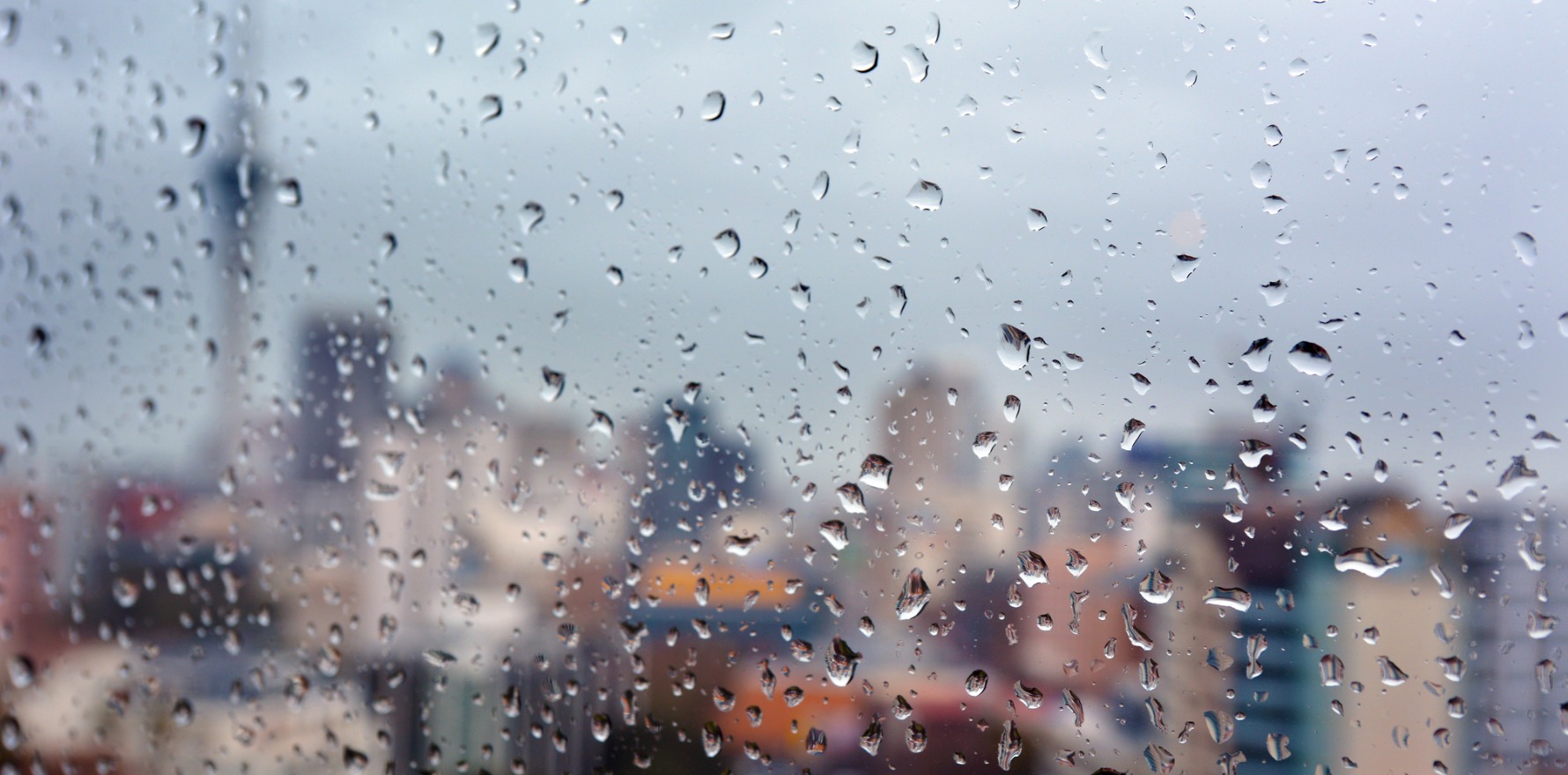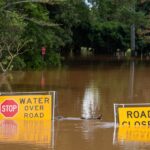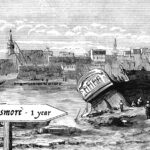Two floods, in two countries, one year apart: how New Zealand Aotearoa avoided a Lismore situation.
Almost a year to the day after flood waters hit northern NSW, the northern island of New Zealand was hit by the country’s worst cyclone in half a century.
The NZ government’s health response was rapid and organised and left practitioners feeling like they had a fair go.
It’s a stark contrast to Australia, where flooded-out health professionals are still begging for support.
On the face of it, the twin natural disasters are similar.
Cyclone Gabrielle caused flooding and damage in West Auckland, Hawke’s Bay, Gisborne and Northland.
As in the 2022 Lismore floods, GPs in the area were unable to contact patients in the deluge, and some were even cut off from their practices.
The initial presentations have also followed a similar pattern to Lismore – cuts and grazes from wading through the debris, some hypothermia and an uptick in leptospirosis cases.
In Australia, the flooding death toll stands at 10, with around 3600 homes destroyed; 11 people are confirmed to have died in NZ floodwaters, and there isn’t a solid figure yet on the number of homes destroyed.
The similarities largely end there.
Immediately following the Lismore flood, Australian GPs gave The Medical Republic accounts of working at makeshift clinics inside evacuation centres and having medicine delivered by drone.
It took almost a month for the first tranche of health funding to be announced.
Within that, there was $16.6 million for mental health services, $2.5 million for primary healthcare emergency response teams, and $1.5 million for shared temporary business premises in Lismore for displaced local primary health.
An NZ primary care funding response came far sooner.
Just a week after the storm hit, Health New Zealand – also known as Te Whatu Ora – had announced special funding to cover new prescription medicines for any displaced residents, extended emergency dispensing and locum GPs.
One of the more impressive funding announcements was that GP visits would be free in the affected areas.
“The funding is coming from Te Whatu Ora, and I was quite impressed by how quickly everyone managed to work through it and kind of worked on the principle that we just wanted to make sure that people could access care without finance being a barrier,” Hawke’s Bay GP Dr Darran Lowes told TMR.
“It’s based on practice’s previous billings or a utilisation rate estimator and then adjusted based on that as needed.”
In areas of Hawke’s Bay that were cut off, the National Emergency Management Agency organised helicopter drops of supplies, as well as ferrying out doctors, nurses and prescription medicine.
“It’s obviously quite a logistical exercise, arranging all of that for those small communities and working out what their needs are and how to facilitate that,” Dr Lowes said.
“Just making sure that people can access their prescriptions and INR testing for warfarin and all that kind of stuff.”
During the Lismore floods the SES did step in to help distribute prescription drugs, but Australia’s response still comes off as more ad hoc, with stories about pharmacists having to put out calls for help transporting medicine on community pages and group chats.
One of those calls was famously answered by surfer Mick Fanning, who turned up on a jet ski to help a community pharmacist who was unable to access her Murwillumbah store.
More punk rock than a ride in a government-funded helicopter, yes – but also much more grassroots.
Another key difference is that just one NZ practice got physically damaged in floodwaters, compared to several NSW clinics.
The flooded-out practice in Hawke’s Bay was, luckily, part of a larger group of practices, meaning that patient files were saved and no one was left without a place to go.
Despite the differences, one of the key constants across both natural disasters has been boots-on-the-ground teamwork.
“It was really challenging, but I think the GP teams, nurses and practice nurses just did what they always do, and tried to piece things together and made things work,” Dr Lowes said.





